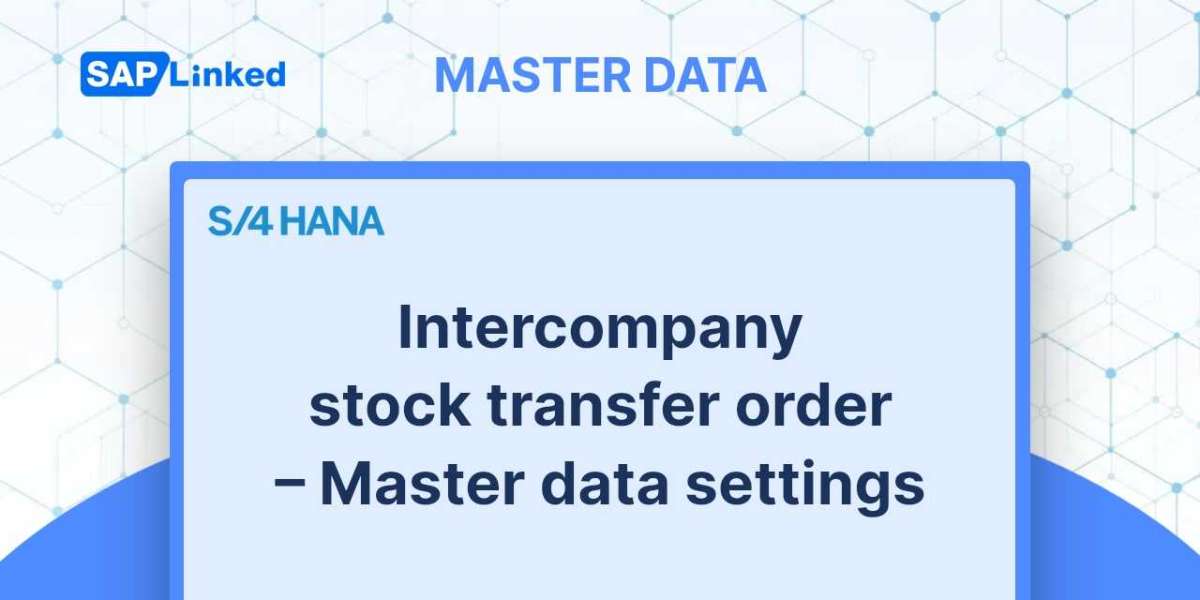Third-party order processing is a form of sales procedure where your vendor delivers the products to your customer directly, and you charge your client once you have the vendor's delivery proof. You gain advantages from the direct delivery of goods from your vendor to your consumer, such as avoiding inventory management, warehouse administration, transportation issues, storage costs, the need for specialized people or training to handle the vendor's product in your warehouse, and more. In some ways, third-party processing offers your company a less expensive way to accomplish the same goals as it would by keeping inventory in your own warehouse and handling all of the distribution yourself.
Process
The process begins when you create a sales order with a line item relevant for third-party processing (a line item with item category CBNA/CBOR), as shown in Figure 1. When you enter a sales order, for instance, using standard order type OR, the CB2 item category will be defined for the line that contains the CBNA material. Only after the purchase requisition is completed and assigned a number, will this line be finished. When you save the order, this procedure is carried out automatically.
The scheduling line category CT (third-party without shipping notification), which is configured with a purchase document type, will be determined by the item category CB2. The purchase requisition number can be seen on the Schedule Line tab of the line information after the sales order has been saved. The delivery address will correspond with the ship-to address on the purchase requisition document.
A purchase order will be created from the purchase requisition by the purchasing department. The vendor receives the purchase order, releases it, delivers the items to the customer, and then gives you an invoice for the delivered goods. Using the transaction code MIRO, you submit the invoice receipt (I/R) against the purchase order. This I/R then updates the VPRS cost and sales order billing status for the line item (I/R done—billing due), and the billing document is prepared for the supplied quantities in accordance with the typical billing procedure.

Figure 1 Third-party process flow
Requirements:
- Third Party Material with Item category (CBNA/CBOR/BANS)
- Purchase info record created
Flow Steps
- Create Third Party Sales Order (VA01)
- Release Purchase Requisition (PR) (Tcode ME54N)
- Adopt Purchase Requisition into Purchase Order or create PO with reference to PR (Tcode ME21N)
- Post Goods Receipt (required by using material with item cat. CBOR/BANS) (Tcode MIGO)
- Post Invoice Receipt (I/R Invoice) (Tcode MIRO)
- Generate invoice for Third-party sales order (A/P Invoice) (Tcode VF01)
- Create Third Party Sales Order (VA01)
Step 1: Enter T-code VA01 in command field. Fill in Order type OR(Standard Order)and Sales Area data in Organizational Data block.
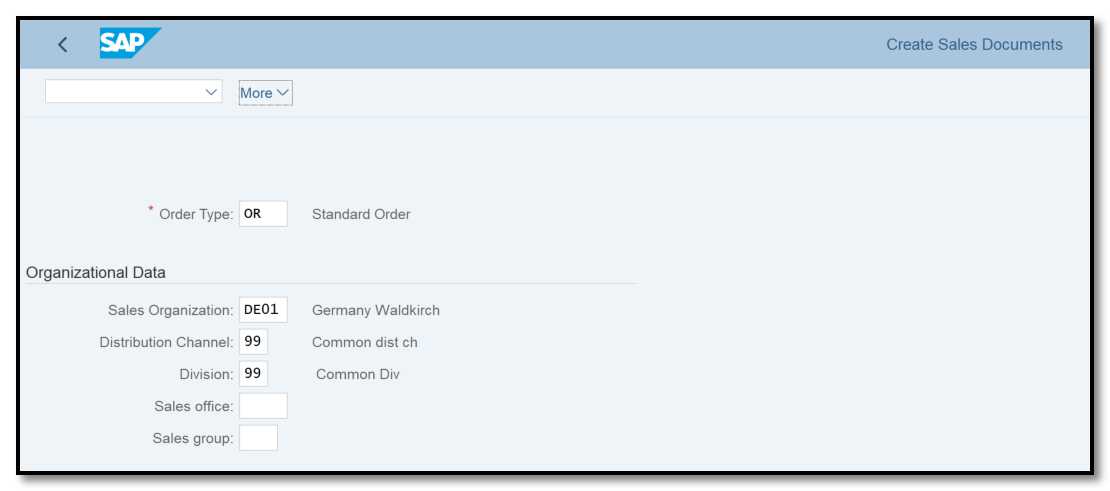
Figure 2 Third Party Order Creation: Initial Screen
Step 2: Enter Sold-to Party / Ship-to party, Customer Reference, third party material number and ordered quantity.
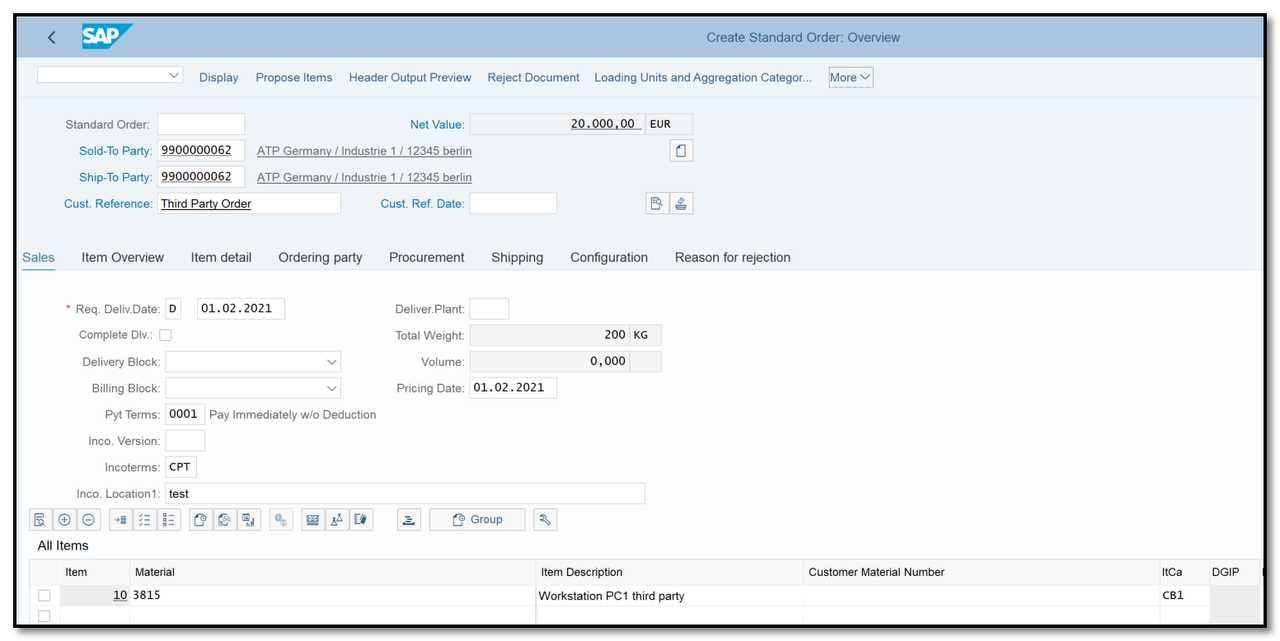
Figure 3 Third Party Order Creation: Overview
Check the Schedule lines on item level. A screen will be displayed with Delivery date, Rounded qty. and Confirmed qty.
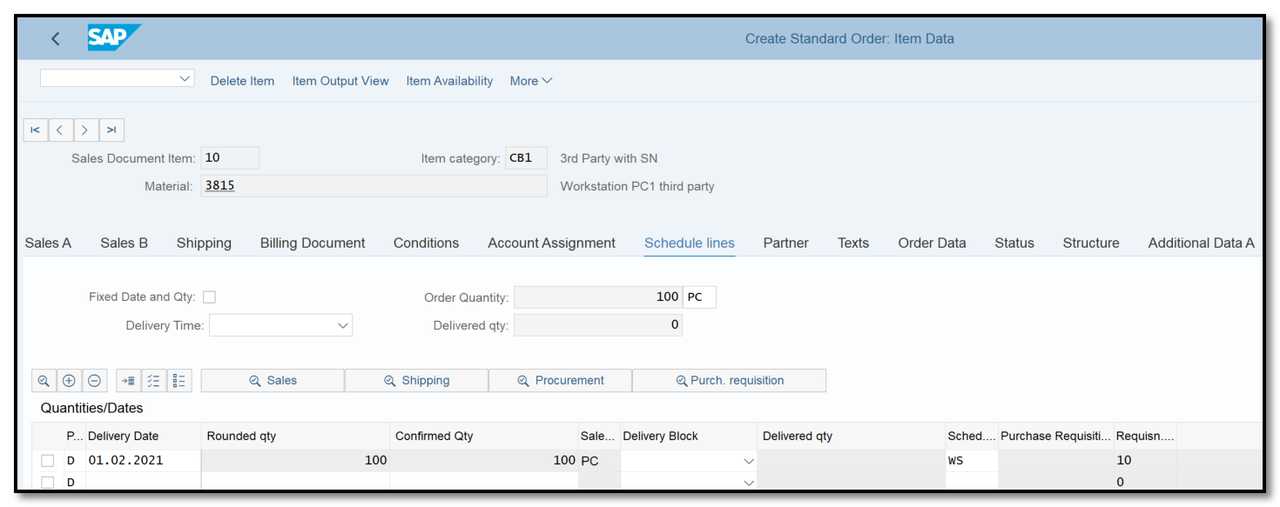
Figure 4 Third Party Order Creation: Schedule Line
Step 3: Save the Sales Order. Purchase requisition is generated in the background. To know the purchase requisition number, either go to schedule line tab in item level of the sales order and check in procurement tab or go to sales order header and check in status overview.

Figure 5 Third Party Order Item Data view
- Release Purchase Requisition (PR) (Tcode ME54N)
Step 1: Enter TCode ME54N in command field. The last saved purchase requisition will be displayed. Click on “Other Purchase Requisition” button if you want to release other PR.
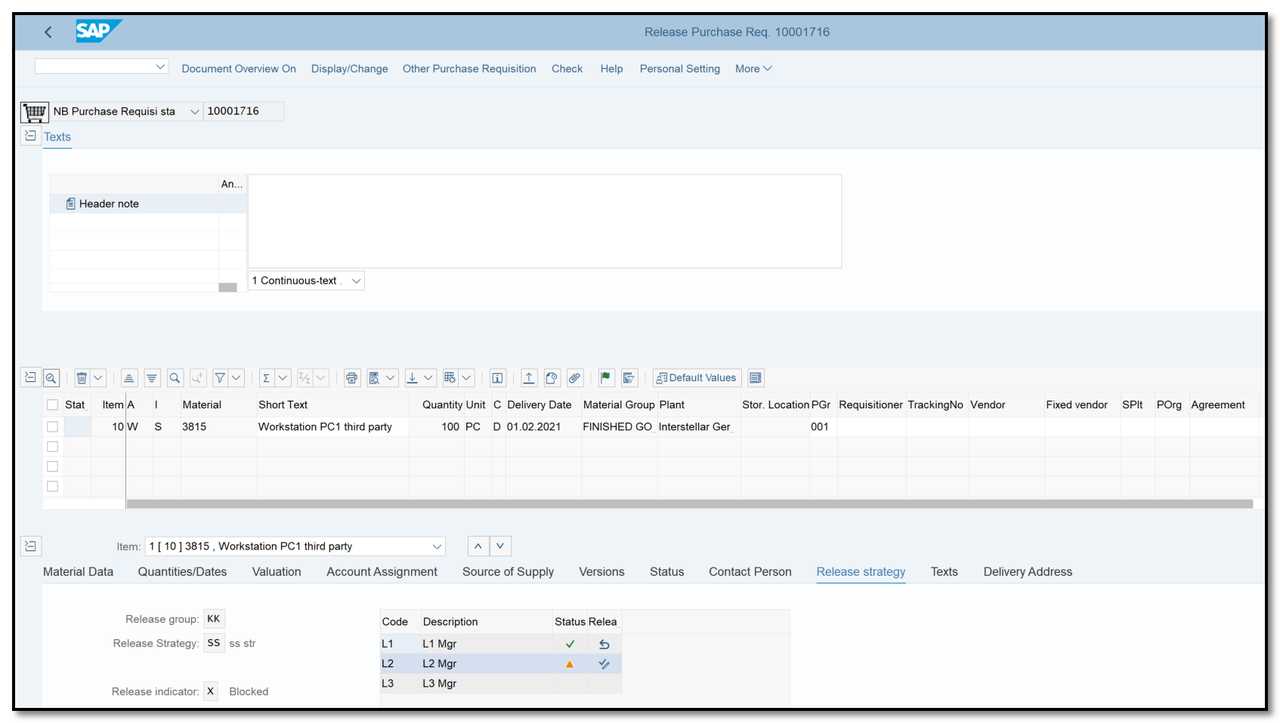
Figure 6 Purchase Requisition – Releasing
Step 2: Go to Release Strategy Tab, release the document and save it.
- Adopt Purchase Requisition into Purchase Order or create PO with reference to PR (Tcode ME21N)
Step 1: Use Tcode ME21N. Use the standard order, which you have defined. From the document overview choose the selection variant as purchase requisition.

Figure 7 Purchase Order Creation – Selection Variant
Step 2: Enter details of your PR and click Execute.
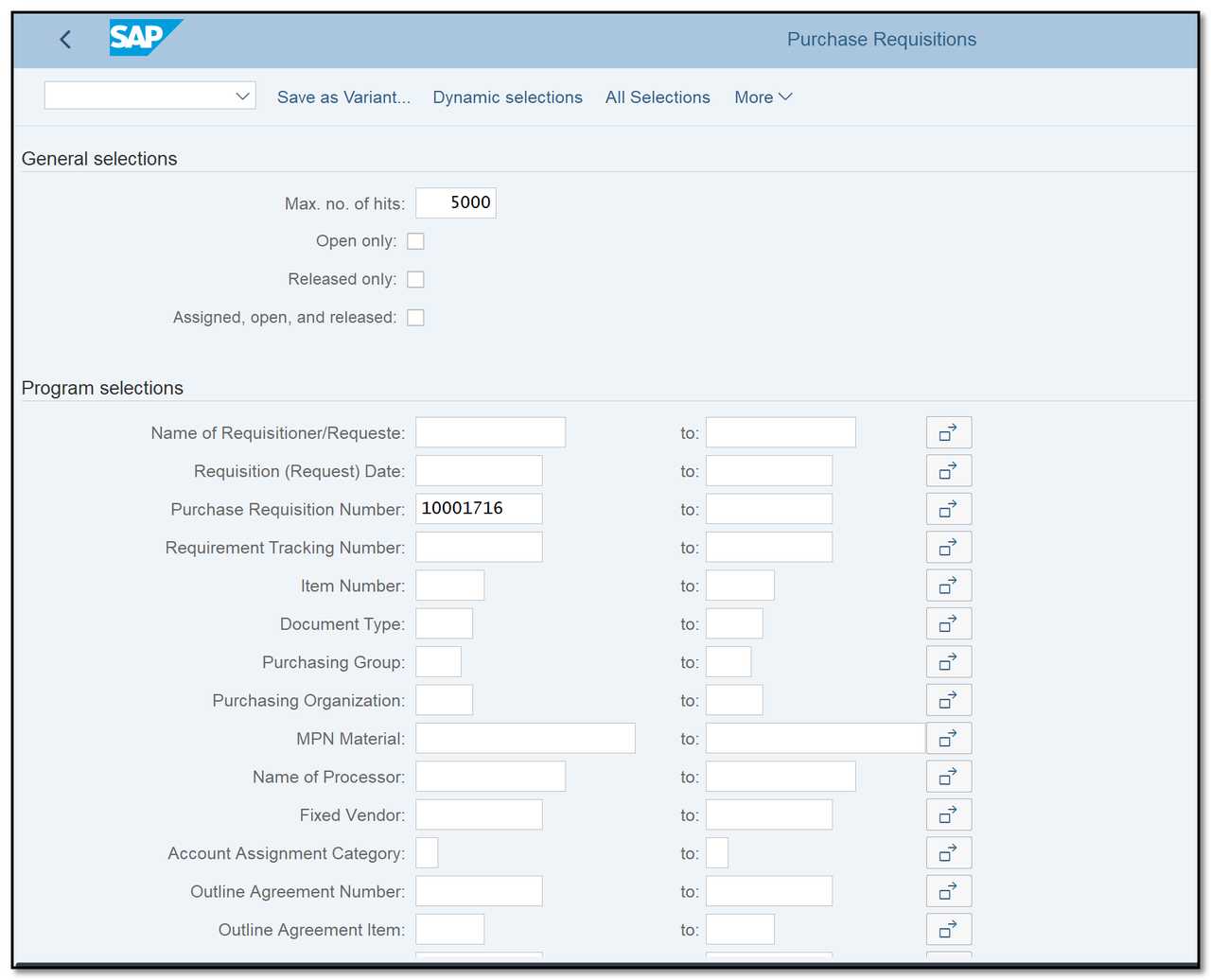
Figure 8 Purchase Order Creation – Purchase Requisition Selection
Step 3: Drag and drop your purchase requisition to the basket or select and click on insert button. The data from PR will be copied to the purchase order.

Figure 9 Purchase Order Creation
Check all details and save the PO.
- Post Goods Receipt (required by using material with item cat. CBOR/BANS) (Tcode MIGO)
Step 1:Enter Tcode MIGO in the command field and select Goods Receipt and Purchase Order. Enter the PO number.
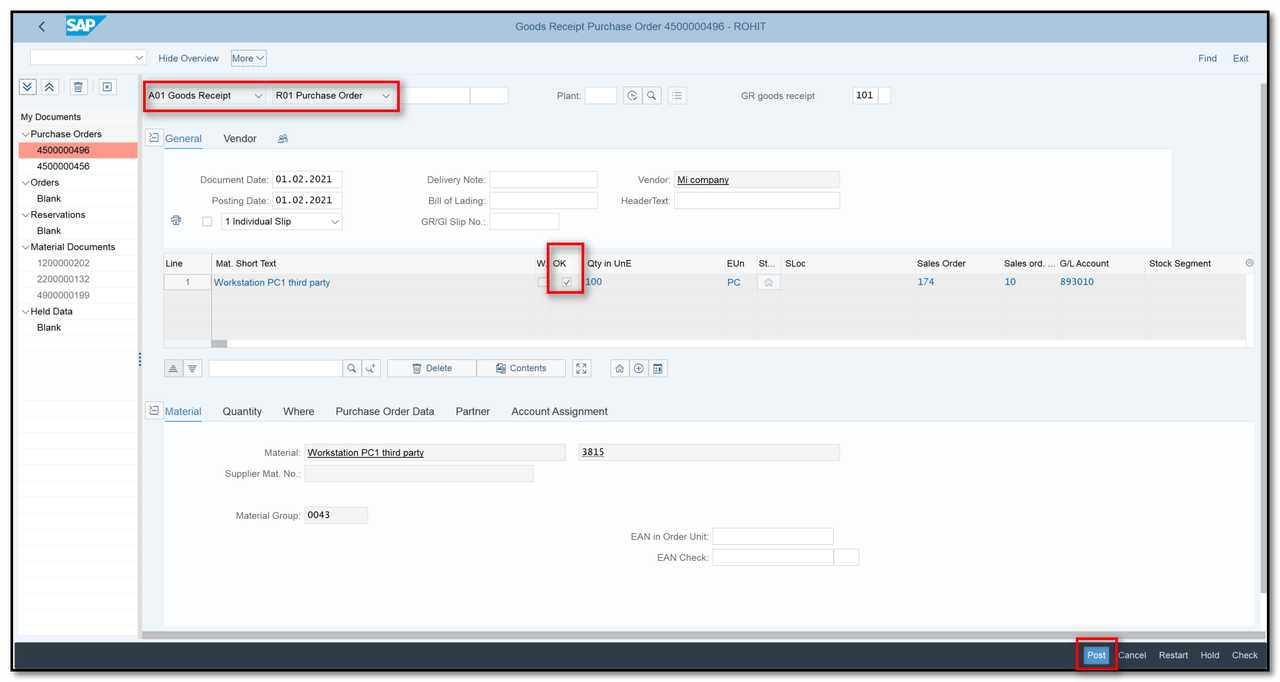
Figure 10 Posting Goods Receipt against PO
Step 2:Check the data, select ok and click on Post button.
- Post Invoice Receipt (I/R Invoice) (Tcode MIRO).
Step 1:Enter tcode MIRO in command field.
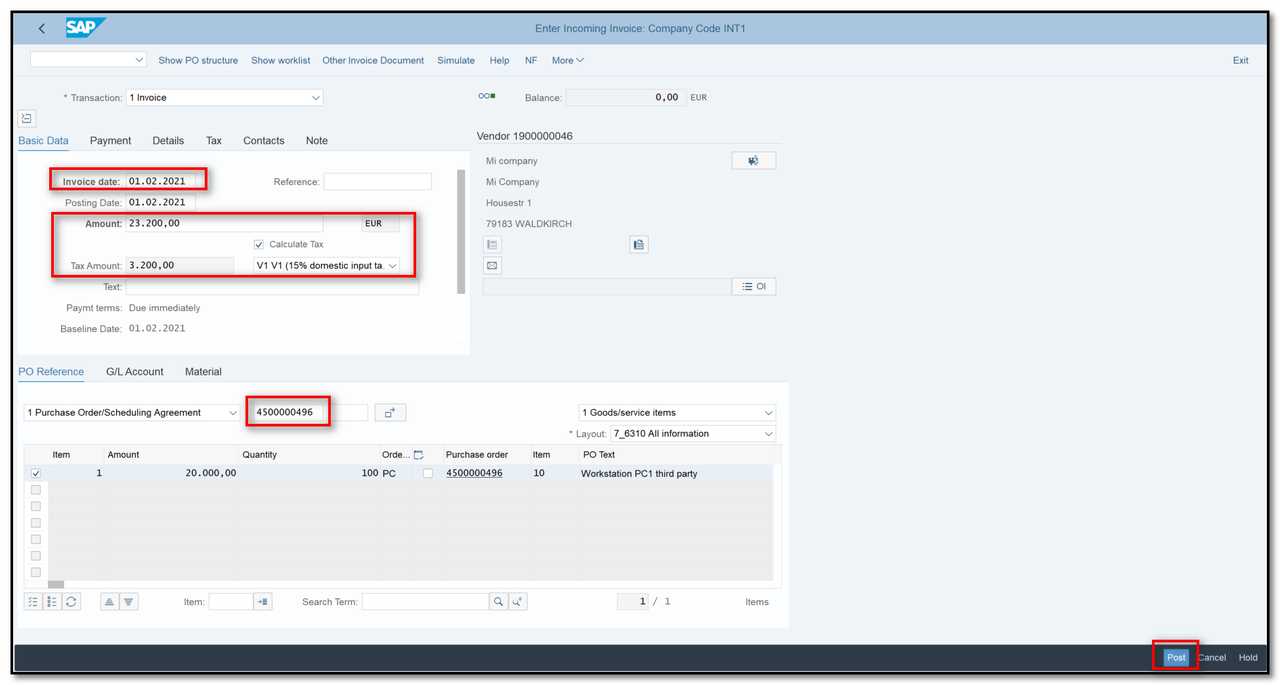
Figure 11 Incoming Invoice Creation
Step 2: Enter the data in Basic Data Tab (Header Level) - Invoice Date, Reference No, Amount (tax inclusive) and Tax amount. In PO Reference Tab (Item Level) - Enter the purchase order number.
Make sure the balance is zero and the green indicator is on, at the header level. If not, look at the line items that need to be posted; if not, adjust the amount and/or tax amount to zero. Post the invoice receipt document.
Step 3: You can check the purchase order status in transaction ME23N.
Enter the PO number and check Purchase Order History tab.

Figure 12 Purchase Order History
- Generate invoice for Third-party sales order (A/P Invoice) (Tcode VF01)
Step 1: To create the billing document which will be send to the customer use TCode VF01. Provide sales document number and press enter.
System will take you to billing overview screen.

Figure 13 Customer Invoice Creation: Overview
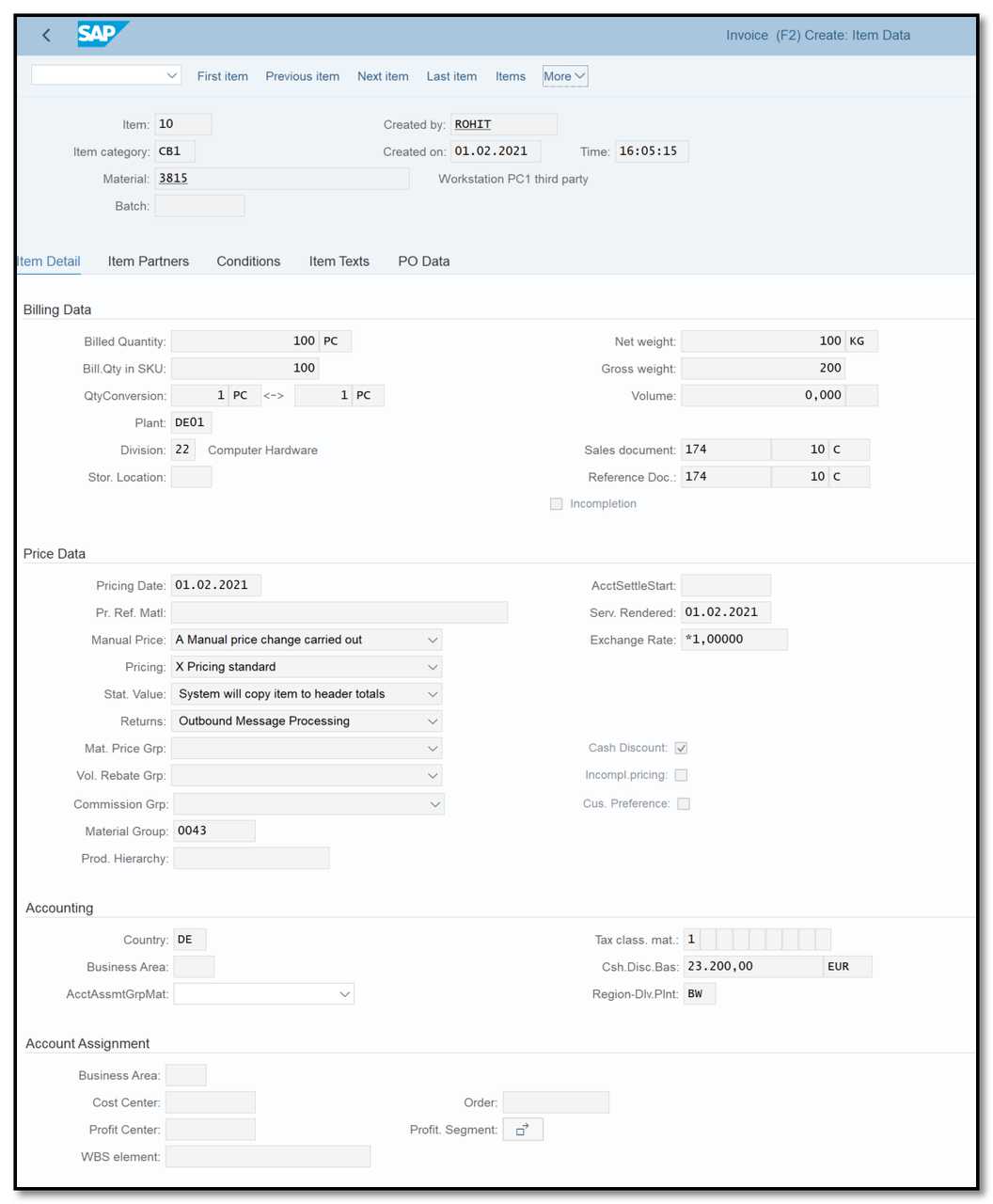
Figure 14 Customer Invoice Creation: Details
Save the document to create billing doc. Release the billing Doc to accounts, if required (Tcode VF02).
Step 2: To check the status of third sales order, go to transaction VA03, enter order number and click on Document Flow button.

Figure 15 Document Flow – Third Party Sales Order



